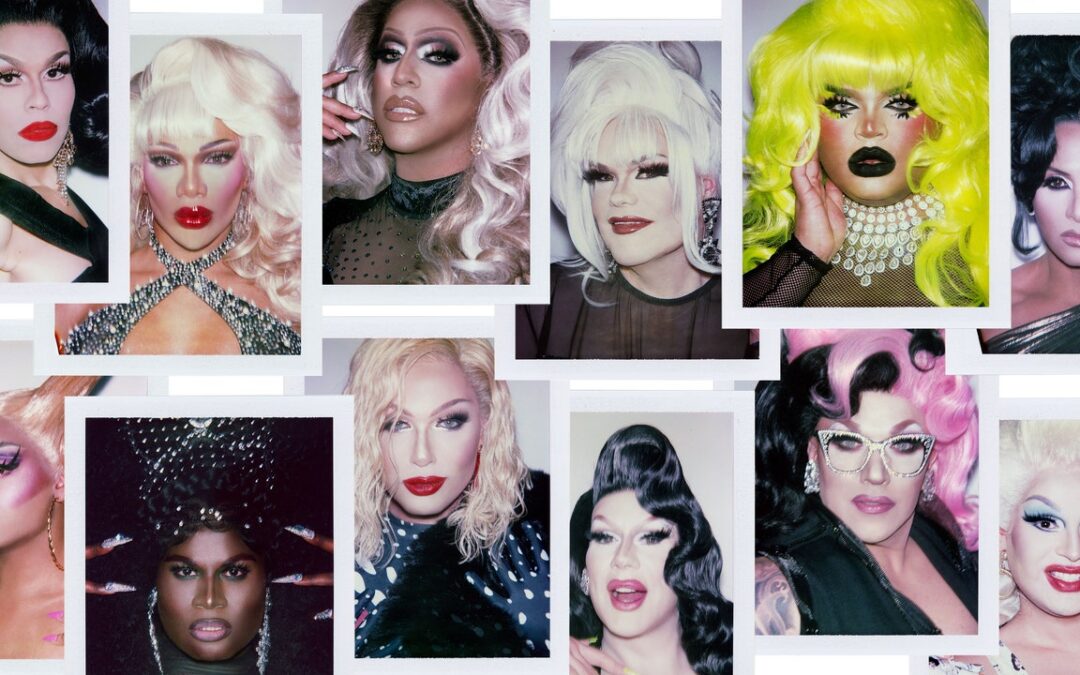It’s not the glittering makeup or towering hair that begets such fear. It’s the people who benefit from the empowerment of the glitz and the glam. “When Dustin Hoffman does [drag in Tootsie], no one says anything. When Tyler Perry does it, no one says anything. When Martin Lawrence is in drag, nobody says anything,” says Naysha Lopez of Drag Race’s eighth season. As Jaymes Mansfield from season nine elaborates, “That was seen as core harmless entertainment. But the second it’s queer, it’s a problem.”
Things like an eye shadow palette or a can of hairspray might be everyday items to some, but when used in the context of drag, they transfer a power from within that cannot be contained. “Once you put on the wigs, the lashes, the nails, and the heels, the insecure person you were out of drag, that person no longer exists within you,” explains Kandy Muse, season 13’s runner-up. “You become, really, a superhero. It’s an otherworldly feeling.”
For season 13 Miss Congeniality LaLa Ri, it’s the false lashes that pull it all together. “When I pop on my lash, honey, I’m just the ultimate superwoman in the world,” she says. “It just makes me feel like I can do anything.” Heidi N Closet, season 12’s Miss Congeniality, finds strength in embracing the culture of Black women. “[My drag] is about being a strong Black woman in a world that wants to put you at the bottom of the totem pole,” she explains. “So I love to express my culture and my hair. I love a good braid. I love a good Afro. Ooh, I love an Afro.”

